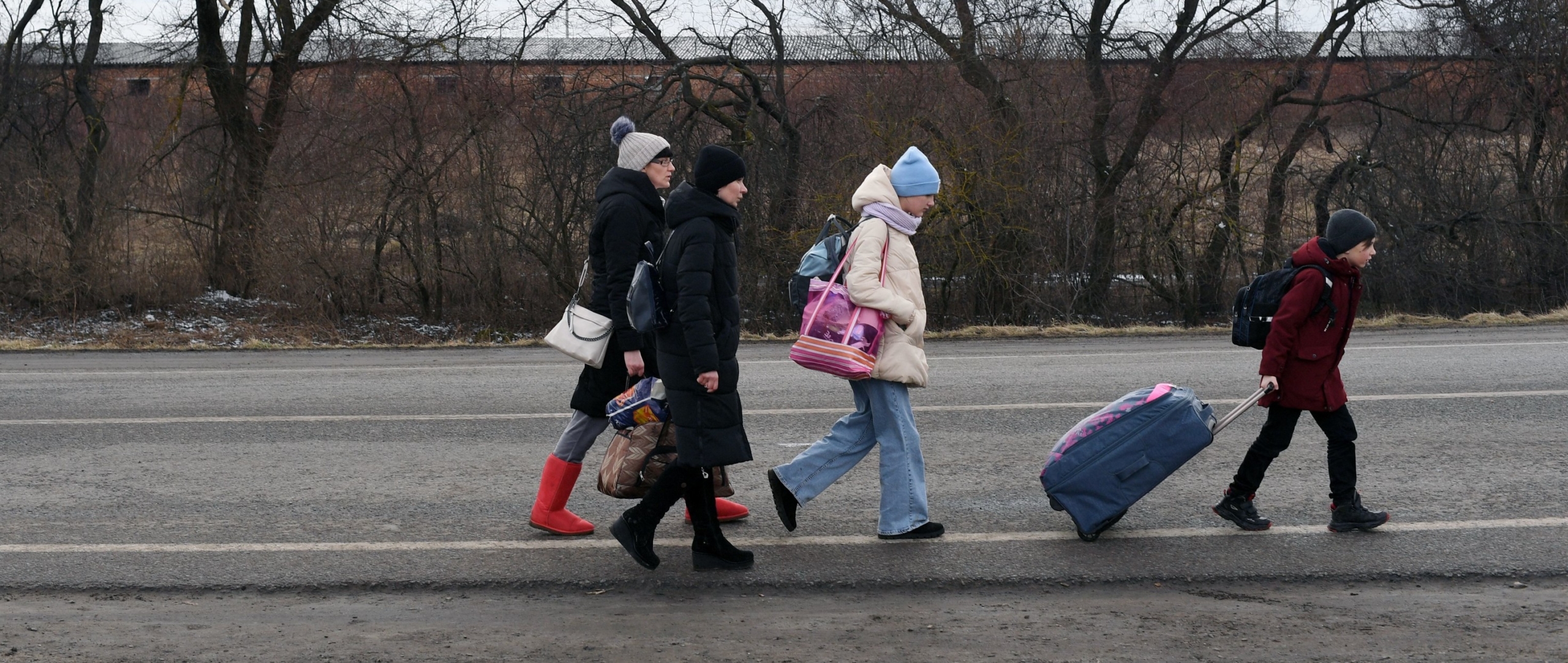Context
-
Recently, The European Commission describes “temporary protection” under the Temporary Protection Directive as an “exceptional measure to provide immediate and temporary protection to displaced persons from non-EU countries and those unable to return to their country of origin”.
-
Over 1.5 million people fled Ukraine in the first 10 days of fighting, according to the United Nations High Commissioner for Refugees, which has described the displacement as the “fastest growing refugee crisis since the Second World War”.
What is Temporary Protection Directive (TPD) ?
- Responding to the crisis, European Union (EU) Member States made the unprecedented decision to activate the European Union’s Council Directive, known as the Temporary Protection Directive (TPD).

Credit: Amnesty International - The European Commission describes “temporary protection” under the TPD as an “exceptional measure to provide immediate and temporary protection to displaced persons from non-EU countries and those unable to return to their country of origin”.
- The directive applies when “there is a risk that the standard asylum system is struggling to cope with demand stemming from a mass influx risking a negative impact on the processing of claims”.
Why establish standards?
- The Commission gives two reasons for doing so.
- First, it reduces disparities between the policies of EU States on the reception and treatment of displaced persons in a situation of mass influx.
- Second, it promotes solidarity and burden-sharing among EU States with respect to receiving large numbers of potential refugees at one time.
- The purpose of the Directive is to both “establish minimum standards for giving temporary protection” to displaced persons as well as to “promote a balance of effort between Member States in receiving and bearing the consequences of receiving such persons”.
What obligations does the TPD place upon EU states?
- According to the European Commission, the TPD “foresees harmonised rights for the beneficiaries of temporary protection”, which include:
- a residence permit for the duration of the protection (which can last from 1-3 years),
- appropriate information on temporary protection,
- access to employment,
- access to accommodation or housing,
- access to social welfare or means of subsistence,
- access to medical treatment,
- access to education for minors,
- opportunities for families to reunite in certain circumstances, and
- guarantees for access to the normal asylum procedure.
- The TPD also contains provisions for the return of displaced persons to their country of origin, unless they have committed serious crimes or they “pose a threat to security from the benefit of temporary protection”.
How did the TPD come to be?
- As the USSR disintegrated, the 1990s saw multiple instances of armed conflict and ethnic strife in Europe.
- Yugoslavia disintegrated into its constituent republics amid fighting;
- Croats and Serbs fought bloody wars in Bosnia;
- Azerbaijan and Armenia fought over the territory of Nagorno-Karabakh;
- the North Caucasus Russian republics of North Ossetia-Alania and Ingushetia clashed over the eastern part of the former territory’s Prigorodny district; and
- Transnistria, which made a bid for independence from Moldova as the Soviet Union collapsed, saw a short war.
- As large numbers of people were displaced by these conflicts, the EU felt the need to put in place special procedures to deal with mass influxes of displaced persons.
- The 2001 Temporary Protection Directive provided a tool for the EU to address such situations.
Reference:
Visit Abhiyan PEDIA (One of the Most Followed / Recommended) for UPSC Revisions: Click Here
IAS Abhiyan is now on Telegram: Click on the Below link to Join our Channels to stay Updated
IAS Abhiyan Official: Click Here to Join
For UPSC Mains Value Edition (Facts, Quotes, Best Practices, Case Studies): Click Here to Join
